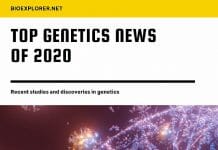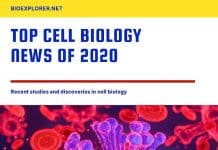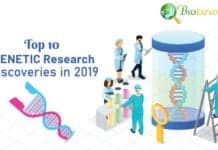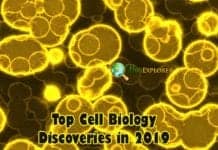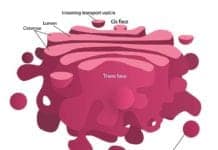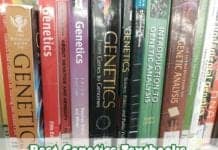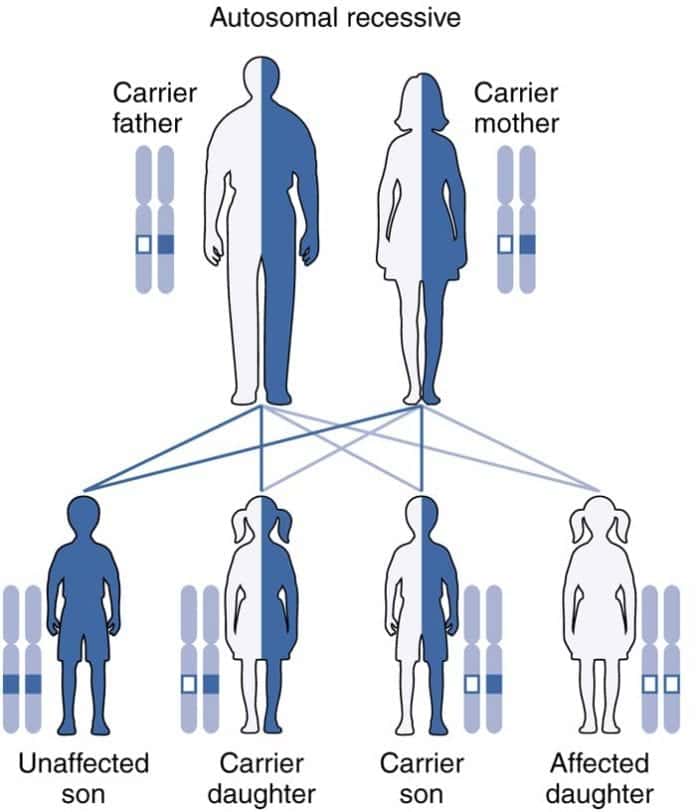
Autosomal Recessive Inheritance: The understanding of the laws of inheritance is very critical in trying to appreciate how different traits and conditions are passed on in families and through generations. Normally, a person has two copies of every gene, one acquired from his/her mother while the other is from the father.
Studies that focused on how genes work reveal that some changes (called mutations) that occur in genes are also being passed down through generations.
Some of these changes contribute to the manifestation of a certain character trait or may even lead to a disorder. In humans alone, there are already various modes of inheritance present.
In this article, we’ll explore about a seemingly rare type of gene inheritance: autosomal recessive inheritance.
Table of Contents
Definition of Autosomal Recessive Inheritance
- For instance, the term “autosomal[1]” refers to any gene located on the first 22 pairs of chromosomes (autosomes). Meanwhile, “recessive” indicates the condition that manifests only when both copies of the same gene are present, because usually, the “dominant” form of the gene is able to mask its expression.
- When combined, autosomal recessive[2] refers to a genetic condition that manifests only in individuals who have received two copies of a gene found in the autosomes, with one gene being masked of expression.
![]()
Pattern of Inheritance
- This probability is the same for every pregnancy, regardless of the number of children the parents have. In addition, there is a so-called horizontal transmission wherein siblings born in the same generation are affected.
- Most of the time, the heritable condition has an early onset with a more severe phenotype.
- Furthermore, since the gene is located in the autosomes, males and females have the same chances of being affected.
- The diagram below will help explain the possibilities of acquiring the gene from the parents.
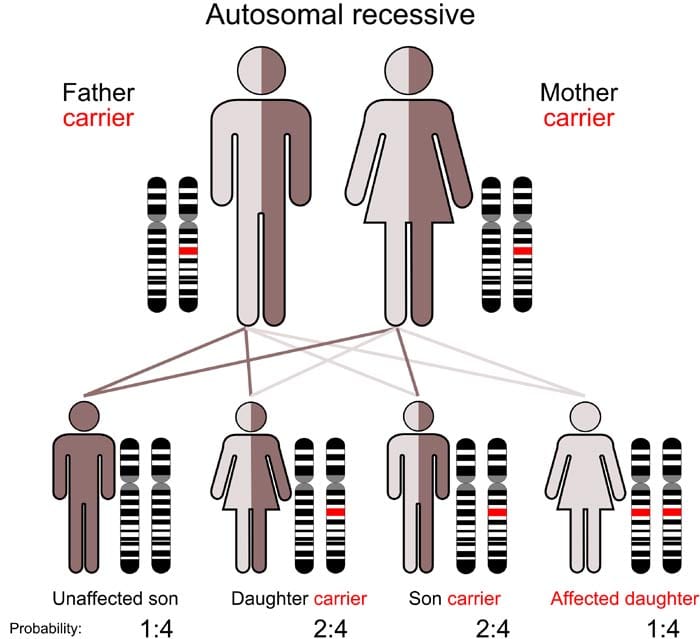
Autosomal Recessive (Image Credit: Wikimedia)
The concept of a compound heterozygote[3] is very crucial to the understanding of autosomal recessive inheritance. This concept refers to the fact than an affected individual bear two alternative forms of a single gene (referred to as an allele). This is very different from the concept of homozygous mutations where both forms of a particular gene exhibit identical forms of the mutation.
Further information regarding autosomal recessive inheritance can be obtained from this video link:
![]()
Examples of Autosomal Recessive Disorders
Since the gene for a specific trait or disorder is located in the autosomes, males and females can be affected equally. The following are the most common autosomal recessive disorders in humans:
1. Phenylketonuria
- Generally, PKU causes intellectual disabilities, low birth weight, heart defects, and microcephaly (abnormally sized head).
- The signs and symptoms of the disorder can range from mild to severe. The most severe case is known as classic PKU and affects infants. When left untreated, these individuals may have a mouse-like odor, being a side effect of high levels of phenylalanine in the body. They also tend to have lighter skin color and skin disorders like eczema.
![]()
2. Sickle-Cell Disease
- However, affected individuals have the molecules known as hemoglobin S which are distorted hemoglobin that are crescent shaped or “sickle” shaped.
- Because of their shape, they are no longer flexible and tend to stick to the walls of the blood vessels, hence causing blockage that impede blood flow. As a result, oxygen cannot be delivered to other cells and tissues.
- This type of disease is characterized by hemolytic anemia, vascular obstruction and dysfunction, stroke, and hand-foot syndrome.
- The most common and most severe form of sickle cell disease is the sickle cell anemia.
![]()
- The signs and symptoms of this disease is variable but it is generally characterized by an increase in the size of the head, lack of control for it, low visual responsiveness, and abnormal stiffness of the muscles.
- Affected individuals have trouble in movements like crawling, walking, or even talking. Through time, they may even be paralyzed.
- This disease is very prevalent in people of the Ashkenazi descent Jewish ancestry.
![]()
4. Gaucher Disease
- Affected individuals have the trouble of breaking the lipid due to the low levels of glucocerebrosidase. This results to the build up of the lipid in various organs like the liver, bone marrow, spleen, and others.
- Symptoms include the enlargement of both liver and spleen, bone diseases, and low levels of red blood cells and platelets.
![]()
5. Cystic Fibrosis
- Such will lead to the disruption of the movement of chloride and sodium ions, and water molecules into and out of the cells, causing the abnormal production of mucus. This mucus will block the airways and other glands which will further lead to end-stage lung disease.
- This disease may also cause abnormalities like malabsorption, salt-loss syndromes, and in males, obstructive azoospermia.
- The severity of the disease is dependent on the severity of the mutations in the gene, and the environment.
![]()
Autosomal recessive inheritance is just one of the many modes of inheritance that occur in humans. What is more alarming is that most fatal disorders are “recessive” and are difficult to trace. Hence, the best preventive measure is to be genetically tested for any heritable diseases.
![]()


